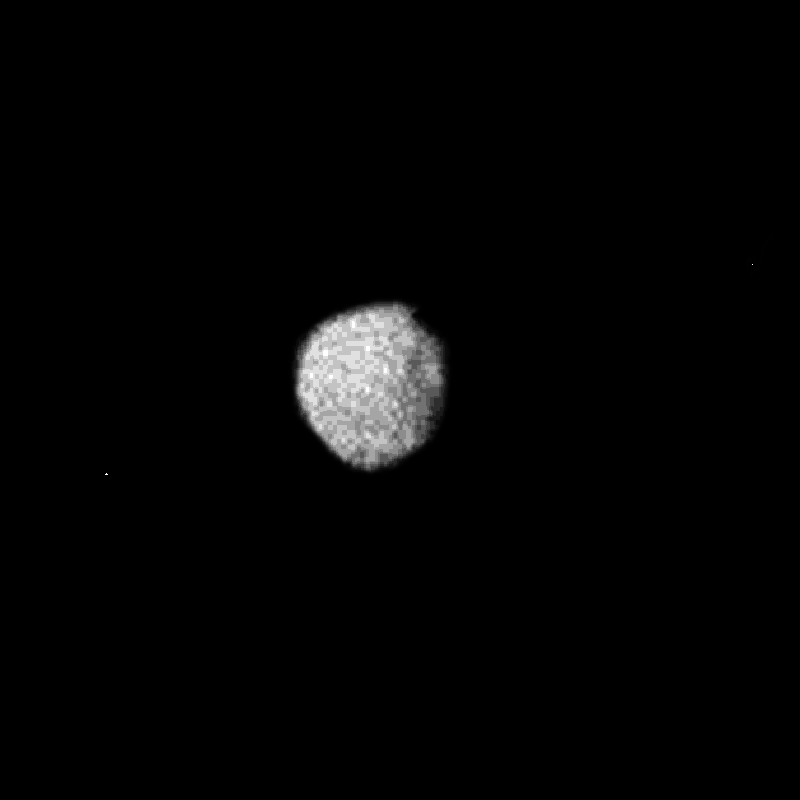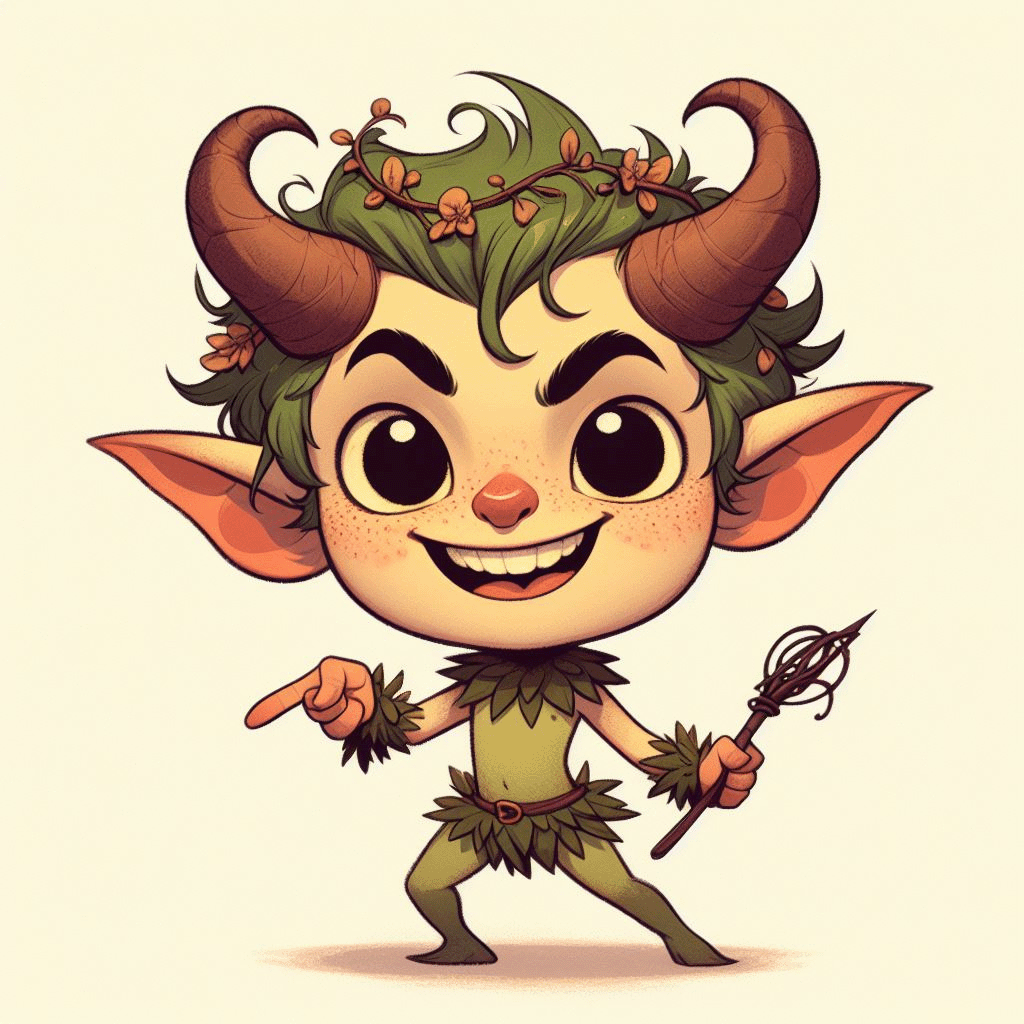Puck, a moon of Uranus
53,438 miles
101 miles
Puck is one of the 27 moons of Uranus. It orbits the planet at an average distance of 86,000 kilometres (53,440 miles). Puck has a diameter of 162 kilometres (101 miles) and takes approximately 18 hours to complete an orbit of the planet. it is classed as an inner moon and orbits Uranus in the same direction as the planet spins.
Puck appears to be made of dark materials and is heavily cratered. It has three craters large enough to have names. These are Bogle, Butz and Lob, named after mischievous goblin-like creatures from Scottish, English and German folklore. The word "bogey-man" comes from Bogle!
Puck derives its name from a mischievous sprite in William Shakespeare's play A Midsummer Night's Dream, which was written in1595 or 1596. Throughout the play, Puck uses his magical abilities to play pranks and stir up chaos. He meddles with love potions, leading characters to fall for unintended targets, mimics voices to confuse others, and famously transforms the head of the character Bottom into that of an ass (donkey). In the play, Puck is also known as Robin Goodfellow.
Many of Uranus' moons are named after characters from Shakespeare's works, and Puck is one of three figures from A Midsummer Night's Dream to feature amongst Uranus' moons. The other two are Titania and Oberon, the largest moons of Uranus and the first to be discovered.







